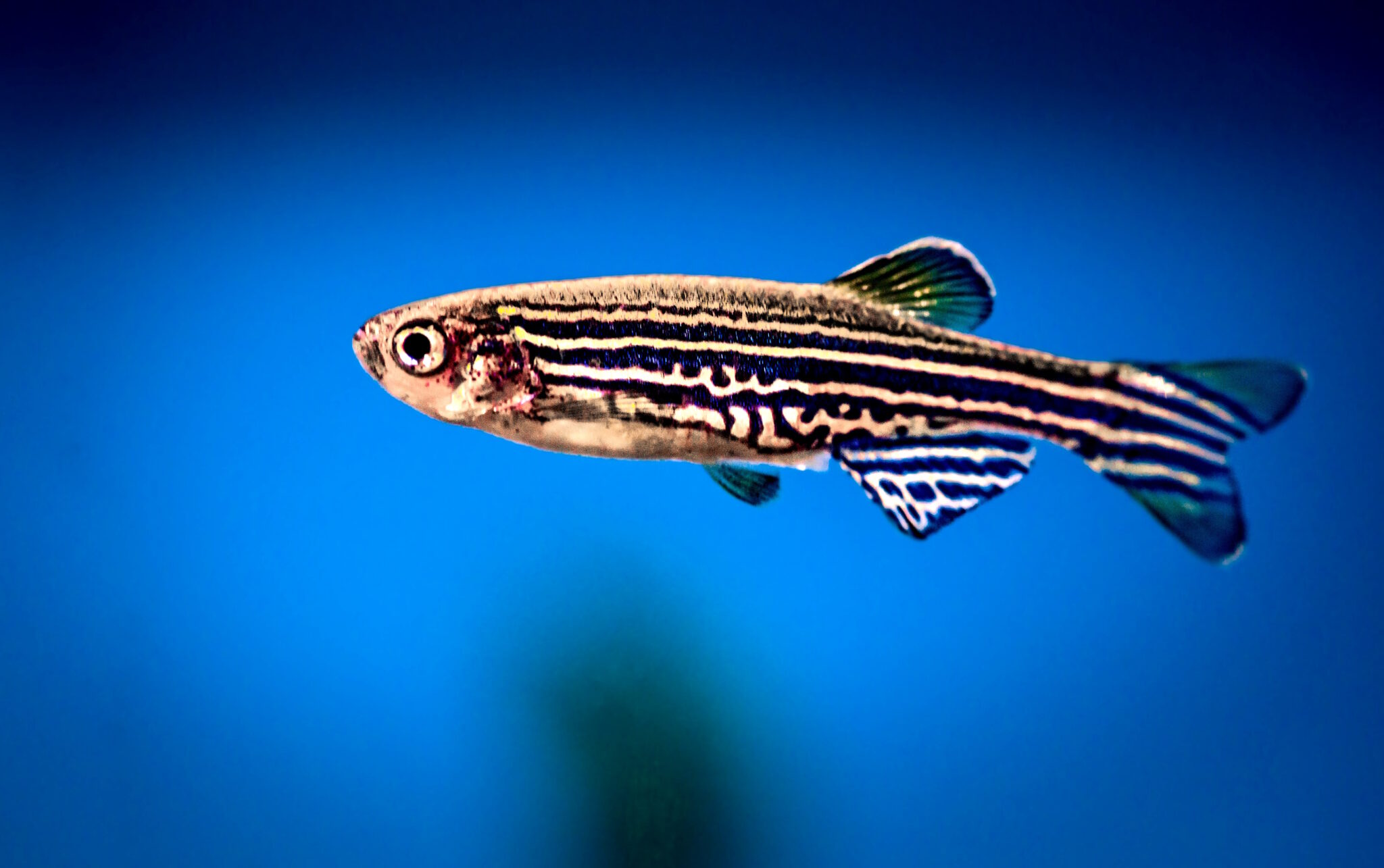Give a man a fish and he will eat all day. Teach a man to breed fish in microgravity, and he will be able to eat seafood during a long trip to Mars.

China is preparing to deliver danio-rerio fish to the Tiangong Space Station to see how they and other microorganisms will interact in a small closed ecosystem in Earth orbit. The intentions of the Chinese are reported by the publication ECNS.
The aim is also to investigate the potential loss of bone density in astronauts who spend a long time in microgravity – a known side effect that can pose a serious threat to health during future missions to deep space.
This is not the first time a fish has been sent into space. The first fish to orbit were a group of fundulus – small Atlantic fish that were sent to Skylab, the first scientific laboratory in Earth orbit, in 1973. The goal was to see how the fish would react to the new weightless environment.
During the experiments, the scientists found that these fish used light for orientation after a few days. They even managed to hatch dozens of fertile eggs, as a result of which young funduluses appeared, which almost immediately adapted to weightlessness.
A decade later, the Japanese Space Agency (JAXA) was studying the effects of microgravity on a small flock of medaka fish aboard the International Space Station. For some reason, these results turned out to be surprisingly alarming. According to a 2016 study published in the journal Nature, it was found that fish began to feel much worse than humans and began to lose bone tissue almost immediately after arriving on the ISS. In human astronauts, these effects usually manifest after about 20 days.
The Danio-rerios heading to the Tiangong Space Station are likely to shed even more light on the dangers of prolonged exposure to the weightlessness of space.
Earlier we reported on how space was slowly killing astronauts’ immunity.
Follow us on Twitter to get the most interesting space news in time
https://twitter.com/ust_magazine
